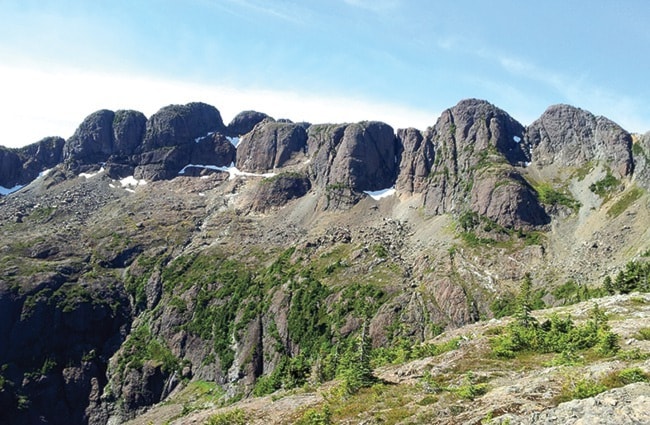The Mount Arrowsmith Biosphere Region has a new supporter in the Town of Qualicum Beach.
Town council signed a Memorandum of Understanding (MOU) with Vancouver Island University (VIU) recently to collaborate in the United Nations designated region.
"This is another step in the right direction for the Mount Arrowsmith Biosphere Region," said MABR Communications Coordinator Monica Shore.
She said the designation, which roughly corresponds to the Parksville Qualicum Beach, or District 69 region, is now very secure after several years of struggle, including a threat of being delisted in 2011.
After failing a review from the designating United Nations Educational, Scientific and Cultural Organization (UNESCO), local proponents were given two years to get back on track, which they accomplished, with VIU taking over administration.
But Shore said it's not a matter of VIU running a project, they just stepped in to help oversee things and bring various stakeholder groups together. They signed a similar MOU with the City of Parksville last year and have been working with First Nations and forestry companies.
"With the Town of Qualicum Beach on board, the Mount Arrowsmith Biosphere Region is rounding out its regional roundtable — the governance backbone that guides the biosphere's actions and ongoing development," Shore said.
She described a biosphere region as "a piece of land that has been designated by UNESCO, a place where people are recognized for working well together as a region."
"It's an informal area where all kinds of usually disparate groups like forestry companies, environmentalists, local governments, first nations and community members develop ways to work in an ecologically sensitive environment."
"The UNESCO regions are like pilot projects to see if we couldn't bring all these things together, to develop land and practise natural resource management, and conserve biodiversity simultaneously."
She said the world's 651 biospheres are each unique places where "people are actually having conversations about the future of that place."
Shore pointed out that the residents and stakeholder groups in these regions are often seen as being in opposition, and MABR faces particular challenges.
The Mount Arrowsmith Biosphere is unique among the reserves in that 94 percent of the land is owned by forestry companies.
While there has been a lot of animosity, confusion and lack of communication about land use, things are developing nicely with the formal agreements like the recent one with Qualicum Beach.
Because the university has taken the lead here, Shore said they are focusing on things like education and research.
Recent accomplishments in the past year, she said, include the creation of a research institute at VIU's Nanaimo campus dedicated to studying the region, the launch of a community course about reserves, an Adventure Blog on the mabr.ca website, and presentations in the community and abroad, including Estonia last May and Peru next spring.
She said they are developing an exciting new model here, "demonstrating how humans can live, work and play without unfairly compromising the biodiversity and ecological health of the planet," that may be used elsewhere.
Nicely wrapping up the threat of delisting, the local organization recently received a letter of praise and congratulations from the Canadian Commission for UNESCO.
Stakeholders are hosting a roundtable meeting in early November with key guests invited to start the process of inviting others and developing long term plans, or in some cases simply exploring and combining existing plans from governments and forestry companies.
For more information visit mabr.ca.
